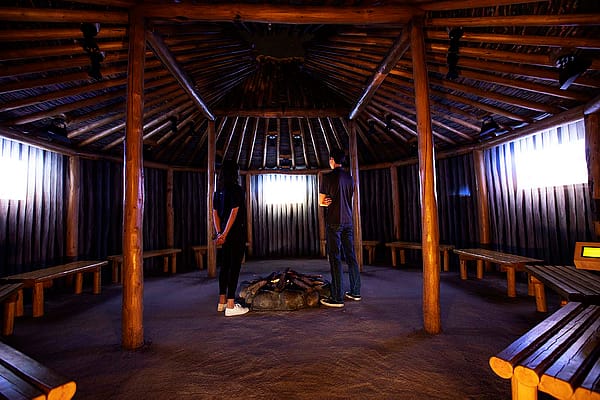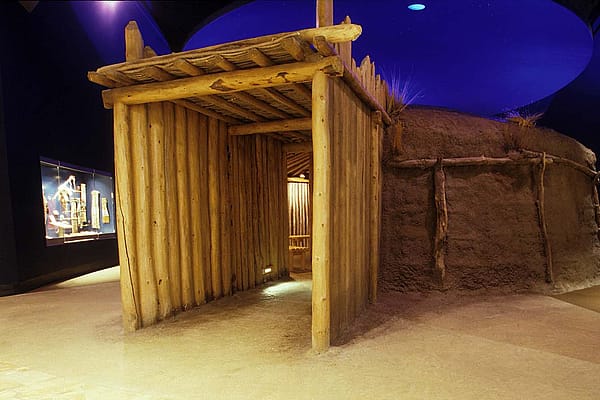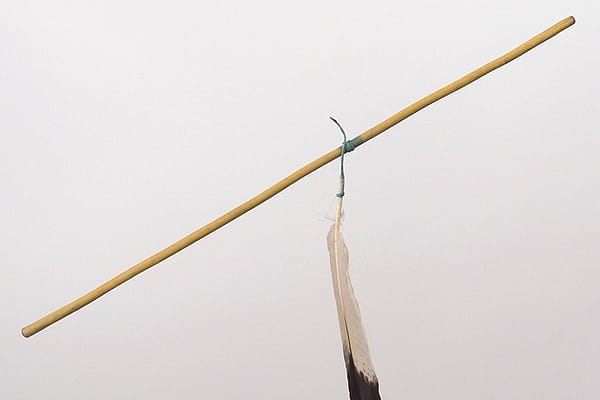
FAQ: Hair Pipes
Q: What are “hair pipes?” “Hair pipes” are actually long cylindrical beads made from conch shells or bone that were worn for personal adornment. They were common in hair ornaments, earrings, chokers, bandoliers, breastplates, and necklaces. Conchs are mollusks found in the world’s oceans, and southeastern tribes were the first to make their shells into beads. Native American trade systems were extremely important for obtaining goods not available in the region (for example, glass beads from the island of Murano in Venice, Italy or English- and Belgian-made rifles).
A trader supplied the Ponca tribe with corn cob pipes. The tribe then repurposed them into long beads using only the stem end of the pipe. Around 1880, the Ponca chief, White Eagle, asked the trader if these beads could be custom-made. The trader relayed the news back to New York. Long bone beads were produced with a lathe in mass quantities. These were traded and sold to the Ponca and other Plains tribes.
An elaborate, hair pipe-plated necklace or bandolier was a sign of prestige (similar to the elk ivory shirts and dress mentioned in another FAQ post). When reservations and ration tickets replaced buffalo and elk hunts, hair pipe adornment became a symbol of prosperity. Hair pipe-adorned clothing was worn to ceremonial occasions and dances on tribal reservations and was also worn when meeting other sovereign governments. Hair pipes were displayed by Native Americans in William F. Cody’s “Wild West” shows.
Hair pipes can be seen today in powwow regalia. The two images below are from our own Plains Indian Museum Powwow in 2014.















